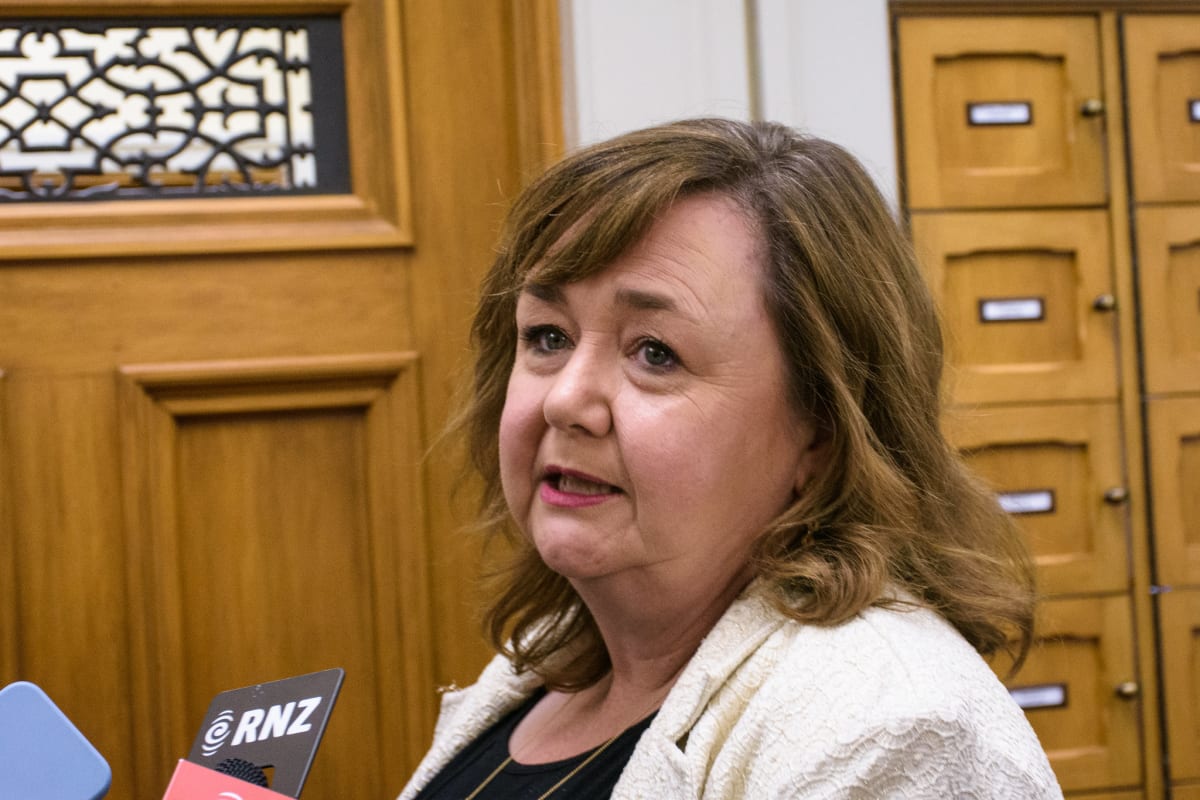
As residential construction shows signs of a slowdown, Housing Minister Megan Woods is hopeful one of the Government's most maligned initiatives can be used to avoid a repeat of the post-GFC market collapse
The Government is set to sign off on riskier KiwiBuild developments that could end up sold on the open market at a loss, in a bid to counteract a slowing residential construction sector.
High interest rates and inflation coupled with supply chain problems have been blamed for a slowdown in residential construction, and deteriorating economic conditions have sparked fears of a collapse in the sector similar to that seen after the global financial crisis in 2008.
In a briefing to Housing Minister Megan Woods from November, obtained by Newsroom under the Official Information Act, officials said KiwiBuild was “well placed as a countercyclical tool to support the residential construction sector through current market headwinds”.
READ MORE: * The Detail: Construction under stress * Shock and Orr: Rate hikes kill off housing affordability
Previous experience suggested commercial banks were likely to be less willing to provide loans for ‘riskier’ developments during difficult economic times, officials said. Projects outside main urban centres, delivering higher density housing, or targeting Kiwis on moderate incomes were among those most likely to be affected, undercutting the Government’s wider housing objectives.
To counteract that risk and “cushion the impact of a decline in residential construction”, officials said it was worthwhile to accept a higher degree of risk for other matters when choosing whether to approve a KiwiBuild development.
Among those, it was possible more homes would fail to sell to eligible buyers and go to approved back-up options such as Māori organisations, community housing providers and Kāinga Ora, or onto the open market.
There was also a chance that no buyer could be found for some KiwiBuild homes, meaning the Government would have to buy the properties as part of the Crown underwrite and incur holding costs until it could sell them.
If house values continued to decline after deals were signed up with developers, that would increase the risk of the Government losing money on homes where the underwrite was triggered, given the 18-month timeframe for the completion of most KiwiBuild homes.
“At that point KiwiBuild homes may be delivered in an environment where house prices are flailing and interest rates are still high. That would mean that first home buyers could be in short supply: either because they are unable to secure a mortgage, or because the uncertainty around house price trends means they are reluctant to purchase a house at that time.”
Alternatively, it was possible eligible buyers could face fewer barriers by the time the houses were finished, given some financiers were only approving mortgages for homes near completion and interest rates were likely to have peaked.
A ‘worthwhile’ risk
Taking on those risks was “worthwhile given the negative impact that a decline in residential construction would have on New Zealanders’ wellbeing and the Government’s wider housing and urban development objectives”, the briefing said.
Ministers would consider each proposal on a case-by-case basis, with officials providing an assessment of how the development would contribute to the Government’s objectives and the extent of the risks involved.
Officials also recommended taking a more flexible approach to the price at which KiwiBuild homes were underwritten relative to their expected market value. Setting the ‘option price’ at 10 percent below that figure could be “unworkable” if the housing market continued to slump, meaning it could make sense for Kainga Ora to reduce its discount to reach a deal.
Cabinet agreed to the recommendations, as well as an additional proposal to reduce the minimum house requirement outside of the main urban areas, down from 20 homes to 10.
New Zealand Mortgages & Securities director James Kellow told Newsroom the policy tweaks were likely to be welcomed by developers, but the small reduction in the margin for the Crown underwrite was unlikely to make a meaningful difference if the market spiralled downwards.
Allowing foreign buyers greater access to New Zealand housing and reversing the removal of interest deductibility for investors on existing properties would likely have a more significant impact, Kellow said.
“If they really wanted to help the residential market, they’d encourage investors back into the market.”

Woods told Newsroom the KiwiBuild changes were just one of the tools being used by the Government to help keep the supply of affordable housing stable.
“What this reflects is that we're a government that believes you can't sit by and just observe the boom and bust of the construction sector like it was a game of tennis – you've actually got to put some measures [in place] to try and smooth that out.”
There had already been a significant increase in the number of KiwiBuild proposals coming in from developers who had previously shown little interest when the market was “booming red hot”.
Woods was confident the higher risk level would not result in the Government having to purchase and hold on to many properties, saying the Crown underwrite had not been triggered since she became minister.
“We've got some good mechanisms and understand what is selling, and [what] the demand in certain areas looks like,” she said.
No additional funding would be needed for the changes, with some of the money that had been allocated for a similar plan during the Covid-19 pandemic in 2020 – only for the market to stay strong – never returned to the central coffers.







